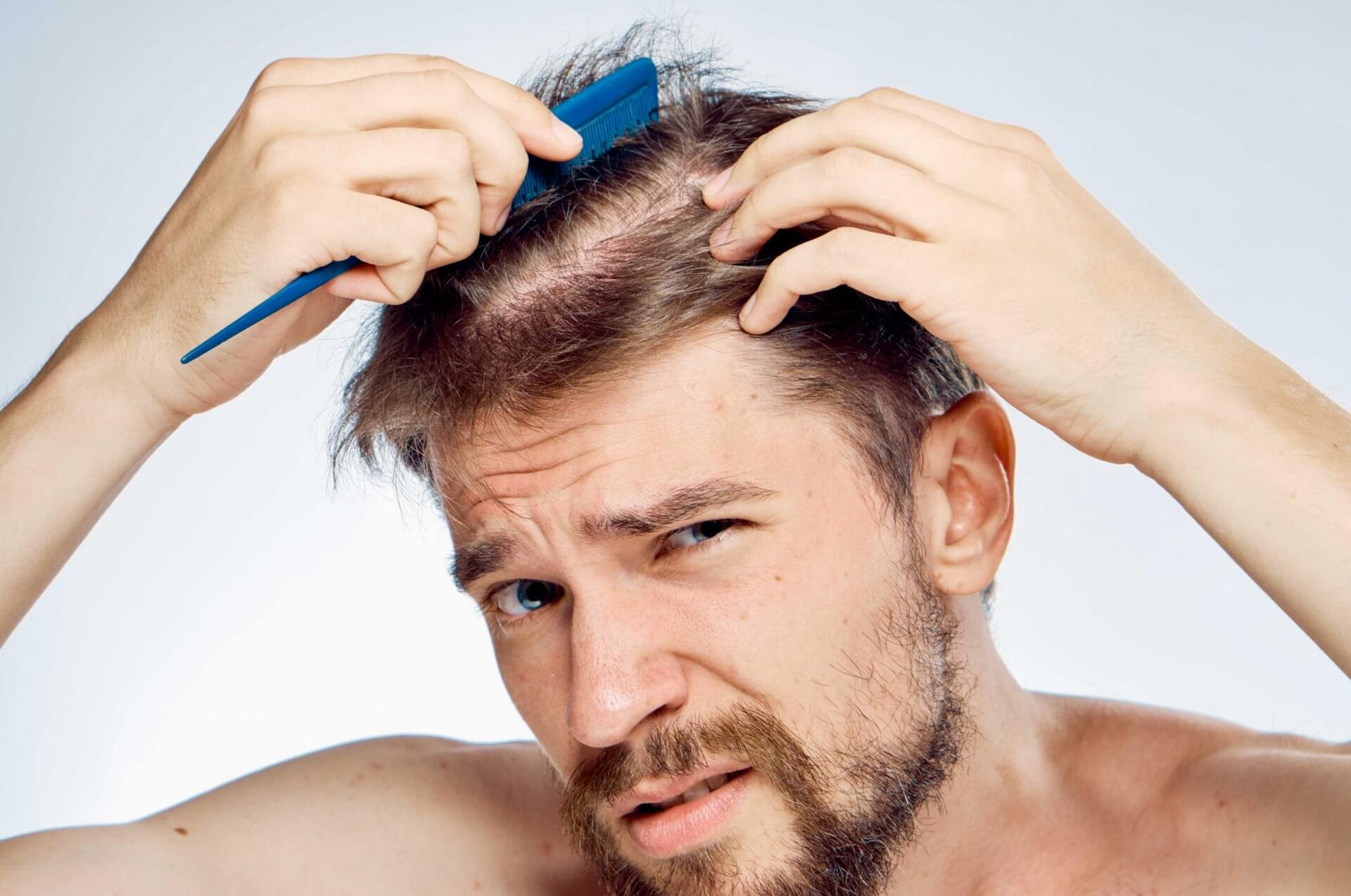
Hair loss, or alopecia, can affect anyone, regardless of age or gender. Each type of alopecia has different causes and most of them can be treated with medications or hair transplant methods.
Knowing what kind of alopecia you have is essential for proper management.
Let’s explore the most common types of alopecia, their causes, symptoms, and treatment options.
First of all, we need to know what Alopecia is.
What Is Alopecia? An Overview of Hair Loss Conditions
Alopecia refers to the loss of hair from the scalp or other parts of the body. It can be temporary or permanent, affecting individuals in different ways.
While genetics, lifestyle, and health conditions can all play a role in hair loss, understanding the underlying cause is crucial for finding the most effective treatment.
Here’s what can cause hair loss
- Genetics: Hair loss often runs in families, especially in cases like male or female pattern baldness, where your genes can make you more likely to lose hair.
- Lifestyle factors: Stress, poor nutrition, lack of sleep, and frequent use of tight hairstyles or harsh chemicals can damage hair and lead to hair loss over time.
- Health conditions: Issues like thyroid problems, autoimmune diseases, or scalp infections can affect the normal hair growth process, causing hair to thin or fall out.
After this quick introduction, we can move on to the different types of hair loss.
Androgenetic Alopecia: The Most Common Form of Hair Loss
Androgenetic alopecia, commonly known as male or female pattern baldness, is the most frequent cause of hair loss.
- For men, it typically begins with a receding hairline or thinning at the crown, which can progress over time.
- For women, it usually manifests as diffuse thinning across the top of the head, rather than developing bald spots.
A classification system called the Norwood Scale is used to measure the stages of androgenetic alopecia. The condition is linked to genetics and a sensitivity to a hormone called DHT, which causes hair follicles to shrink and gradually stop producing hair.
Though it progresses slowly, androgenetic alopecia can be quite noticeable, especially as you get older.
For many, this type of hair loss can affect self-esteem, but understanding that it’s a natural and common condition can provide some comfort. With advances in treatments, there are more options than ever to help manage and even reverse the effects of this condition.
How to Treat Androgenetic Alopecia: An In-Depth Case Study
Scott G.’s journey to hair restoration with MCAN Health highlights the effective treatment of androgenetic alopecia using the FUE method. Here’s a quick look at his process:
| Stage | Details |
| Initial Consultation | Scott underwent a detailed scalp analysis to assess hair loss and determine the best treatment option based on the Norwood-Hamilton Scale. |
| Procedure | FUE (Follicular Unit Extraction) method was found to be suitable for the operation. 2750 grafts were transplanted to restore hairline and crown thickness. |
| Recovery & Aftercare | Followed a personalized aftercare plan, including minoxidil and finasteride, to support hair growth and prevent future hair loss. |
| Results | Full hair regrowth in the following months, achieving a natural look with restored density and hairline. |
For a detailed look at Scott’s full experience and transformation, visit Scott G.’s Hair Transplant Case Study.
Telogen Effluvium: Temporary Hair Shedding
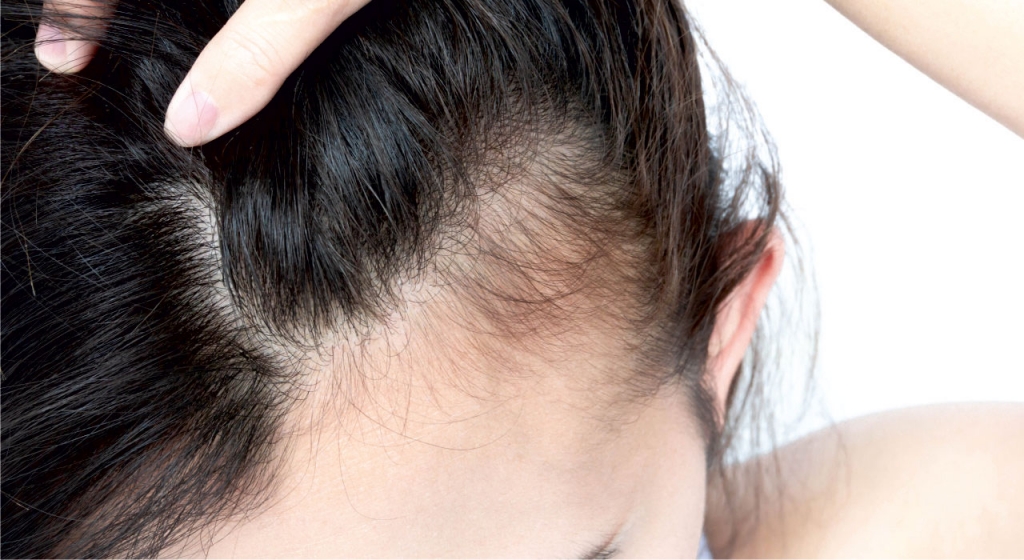
Telogen effluvium is a condition where many hair follicles enter the resting phase of the hair growth cycle at the same time, leading to noticeable shedding. This usually happens in response to stress, illness, or changes in medication.
Unlike some other forms of hair loss, telogen effluvium is temporary, and the hair often grows back once the underlying issue is addressed.
For those affected, the sudden increase in shedding can be worrying, but it’s reassuring to know that this condition is usually reversible. Many people notice their hair growing back within a few months once the trigger is managed.
In the meantime, taking steps to reduce stress and support hair health can help the regrowth process.
Alopecia Areata: Causes and Symptoms
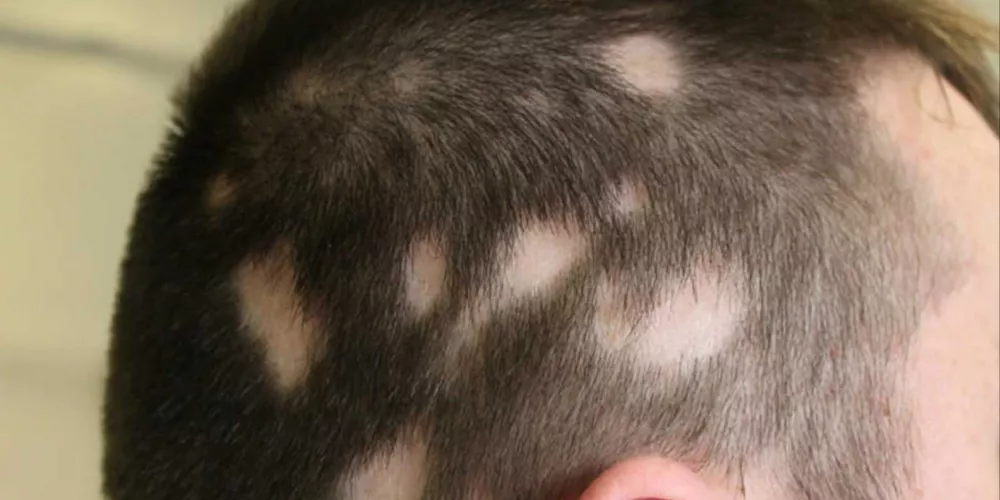
Alopecia areata is a condition where the immune system mistakenly targets hair follicles, leading to small, smooth, round patches of hair loss. It can appear suddenly and may affect any area of the body, though it’s most commonly seen on the scalp.
This condition can occur at any age, but it often begins in childhood or the teenage years. While its exact cause remains unclear, both genetics and environmental factors are thought to play a role in its development.
Living with alopecia areata can be challenging, especially because the hair loss is unpredictable. It can start with just one or two patches but may progress.
Even though the hair follicles are still alive, making regrowth possible, the emotional impact of this type of hair loss can be difficult. Many people feel self-conscious or anxious about the uncertainty of when or if their hair will grow back.
Traction Alopecia: Hair Loss from Styling Practices
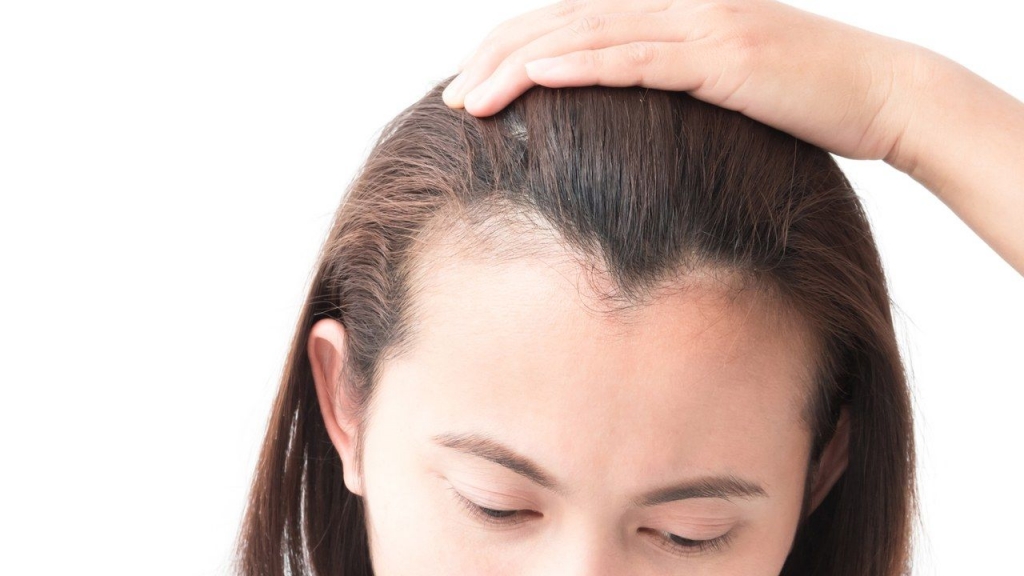
Traction alopecia is caused by excessive tension on the hair, often due to hairstyles like tight ponytails, braids, or extensions. Over time, this strain can damage the hair follicles, leading to thinning or bald spots, especially around the hairline.
The good news is that traction alopecia is preventable. By avoiding tight hairstyles, you can protect your hair from further damage.
For those experiencing the early signs of traction alopecia, making changes to your hair routine can stop the hair loss from getting worse. If caught early enough, it’s even possible for hair to regrow in affected areas.
Awareness is key, as simply loosening your hairstyles can make a big difference in preserving your hair.
Scarring Alopecia: Permanent Follicular Damage
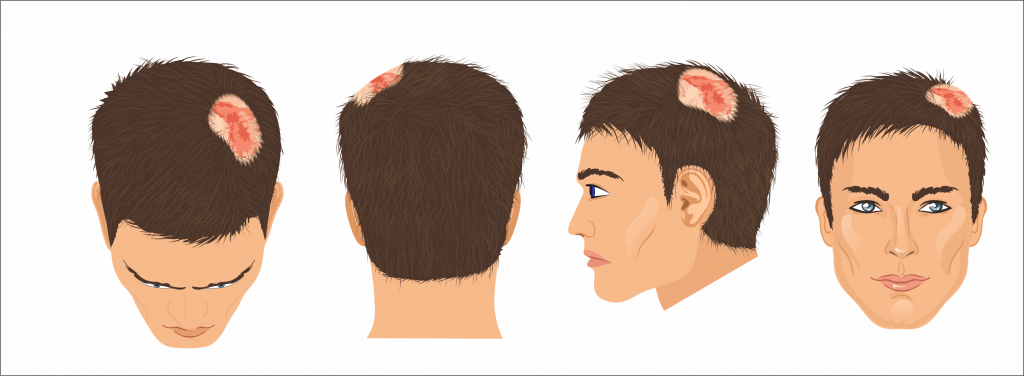
Scarring alopecia, or cicatricial alopecia, occurs when inflammation destroys hair follicles and replaces them with scar tissue. Unfortunately, once the follicles are damaged in this way, they can’t regrow hair, making the hair loss permanent.
This condition can develop slowly or progress quickly, depending on the underlying cause, and early diagnosis is crucial in stopping further hair loss.
Although the damage is permanent, early treatment can help prevent additional scarring and preserve the remaining hair.
Understanding this condition can be empowering, as catching it in its early stages can make a real difference in the outcome.
Frontal Fibrosing Alopecia: A Type of Scarring Hair Loss
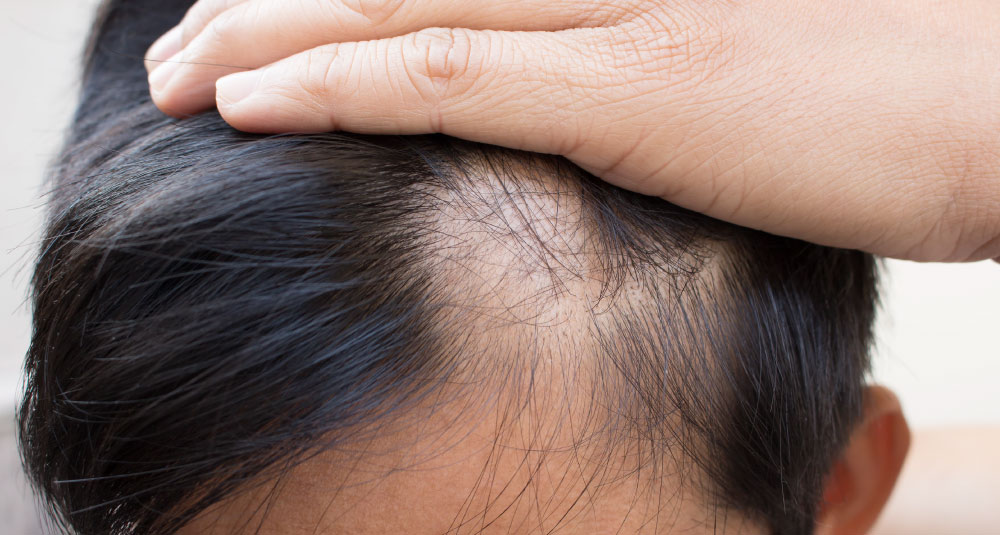
Frontal fibrosing alopecia (FFA) is a specific form of scarring alopecia that primarily affects post-menopausal women.
It causes gradual hair loss along the frontal hairline and sometimes the eyebrows. Over time, this can lead to a receding hairline that’s difficult to reverse.
While the exact cause isn’t well understood, it’s believed to be related to hormonal changes and autoimmune activity.
For women affected by FFA, the slow but steady progression can be distressing. However, early intervention can help slow the process, and understanding that you’re not alone in facing this condition can offer some comfort.
Alopecia Totalis: Complete Scalp Hair Loss
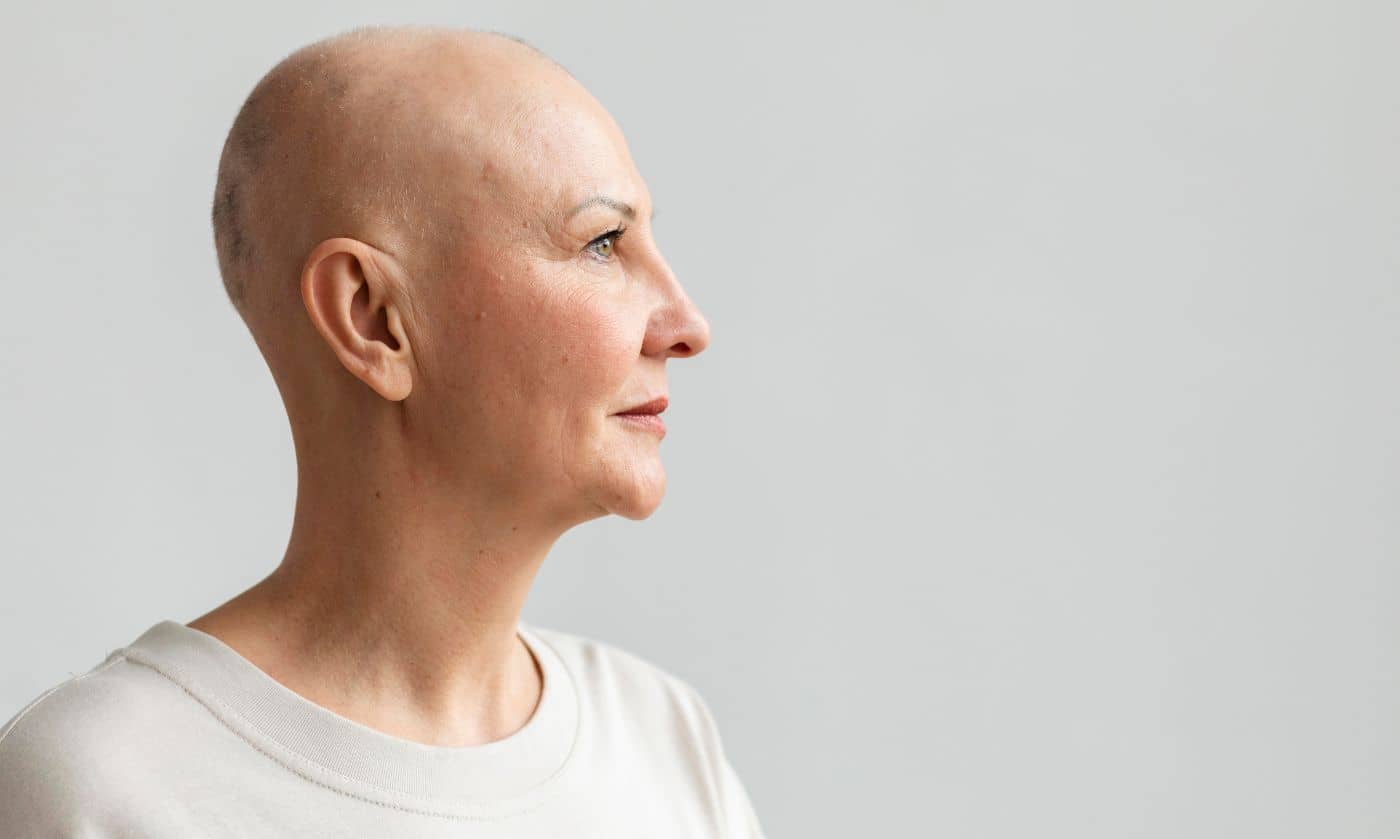
Alopecia totalis is a more severe form of alopecia areata, where all the hair on the scalp is lost. Like other autoimmune-related hair loss, it occurs when the body mistakenly attacks its own hair follicles, causing hair to fall out rapidly.
One of the most challenging aspects of alopecia totalis is the sudden and complete loss of scalp hair, which can be emotionally difficult to adjust to.
While the condition is physically harmless, it often comes with emotional challenges.
The complete loss of scalp hair can affect confidence and daily life, especially when it happens so quickly. People with alopecia totalis often seek supportive communities or professional advice to help cope with the changes.
Alopecia Universalis: Full Body Hair Loss
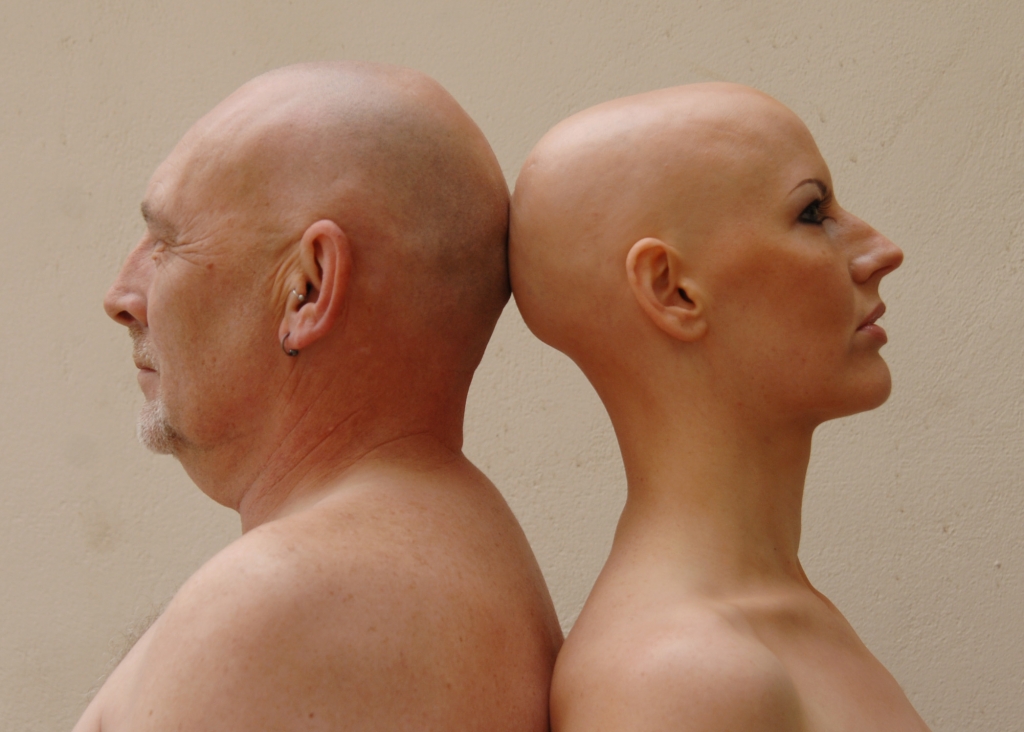
Alopecia universalis is the most advanced form of alopecia areata, leading to the total loss of hair on the scalp and body, including eyebrows, eyelashes, and even body hair.
While it’s rare, the impact can be profound, as the loss of body hair often affects not just appearance but also some physical functions, like protecting the eyes from dust without eyelashes.
This condition can be emotionally overwhelming, as it affects one’s appearance so drastically.
In addition to managing the physical changes, individuals with alopecia universalis often have to cope with the psychological aspects of living with such visible hair loss, which can be especially challenging in social situations.
How to Diagnose and Treat Different Types of Alopecia
Knowing where to start is very important. Before anything else, you may want to look for signs and move on from there. After you make up your mind, you can consult your doctor for further diagnosis.
Diagnosis of alopecia involves several steps, including:
- Review of medical history: Understanding your background and any potential risk factors.
- Physical scalp examination: To assess the pattern and severity of hair loss.
- Hair pull test: A simple test to determine how easily hairs are pulled out from the scalp.
- Scalp biopsy: Examining tissue under a microscope to check for conditions like inflammation or scarring.
- Blood tests: To identify underlying health issues, such as thyroid problems or nutrient deficiencies.
- Trichoscopy: An advanced technique that magnifies and inspects the scalp to provide more detailed information about the type of hair loss.
Below you can find treatment options for different types of alopecia:
| Types of Alopecia | Is It Treatable? | Treatment Options |
| Alopecia Areata | Yes | Corticosteroids, minoxidil, topical immunotherapy |
| Androgenetic Alopecia | Yes (manageable, not curable) | Minoxidil,finastride, hair transplant |
| Alopecia Totalis | Difficult to treat | Immunosuppressive drugs, corticosteroids |
| Alopecia Universalis | Difficult to treat | Immunosuppressive therapies |
| Telogen Effluvium | Yes (often reversible) | Address underlying causes (stress, illness), minoxidil |
| Traction Alopecia | Yes (if caught early) | Change in hairstyles, hair transplants in severe cases |
| Scarring Alopecia | No (once scarring occurs) | Anti-inflammatory medications, possible hair transplant if minimal scarring |
| Frontal Fibrosing Alopecia | Partially treatable | Anti-inflammatory medications, and hair transplants if minimal scarring |
Effective Solutions for Androgenetic Alopecia with MCAN Health
Understanding and treating androgenetic alopecia requires expert care and tailored solutions. At MCAN Health, we specialize in addressing this common form of hair loss with advanced techniques such as FUE hair transplants and personalized treatment plans. Our experienced team of specialists is dedicated to helping you find the most effective solution, whether it’s through surgical intervention or a combination of treatments like minoxidil and finasteride.
With our state-of-the-art facilities and internationally accredited surgeons, MCAN Health ensures that each patient receives high-quality care designed to deliver lasting results. We prioritize your comfort and well-being, guiding you through the entire process—from consultation to post-treatment support—to help manage and even reverse the effects of androgenetic alopecia.
If you’re ready to take control of your hair loss and get a hair transplant in Turkey, MCAN Health is here to offer you expert advice and a personalized plan. Contact us today for a free consultation and start your journey to effective hair restoration.
Frequently Asked Questions About the Types of Alopecia
Can Alopecia Be Reversed?
In many cases, alopecia can be reversed, especially if it’s caught early and the underlying cause is treated. Types like telogen effluvium and traction alopecia are often reversible, while scarring alopecia may result in permanent hair loss.
Which Type of Alopecia Is Most Treatable?
Androgenetic alopecia is highly treatable with medications or hair transplant surgery. Telogen effluvium is also treatable, with hair usually regrowing naturally once the underlying cause is resolved.
How Do I Know What Type of Alopecia I Have?
A professional diagnosis from a dermatologist or hair specialist is essential. They may use a combination of scalp examinations, medical history, and tests to determine the type of alopecia and recommend the appropriate treatment.
What Is the Most Common Form of Alopecia?
Androgenetic alopecia is the most common form of hair loss, affecting both men and women worldwide. It is often referred to as male or female pattern baldness.
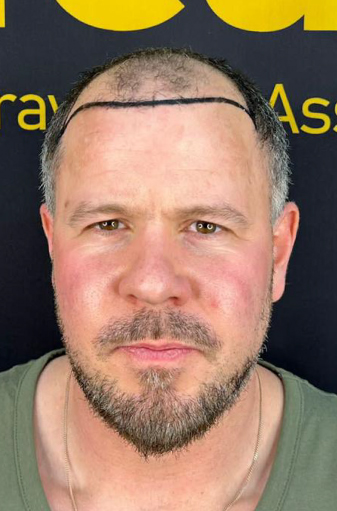
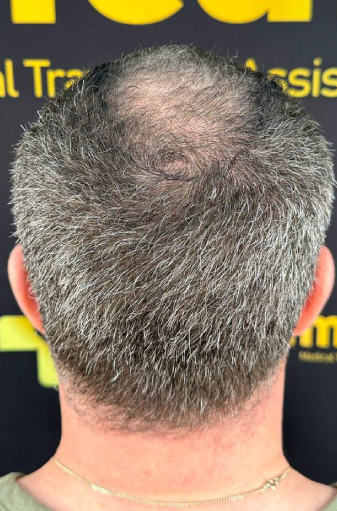
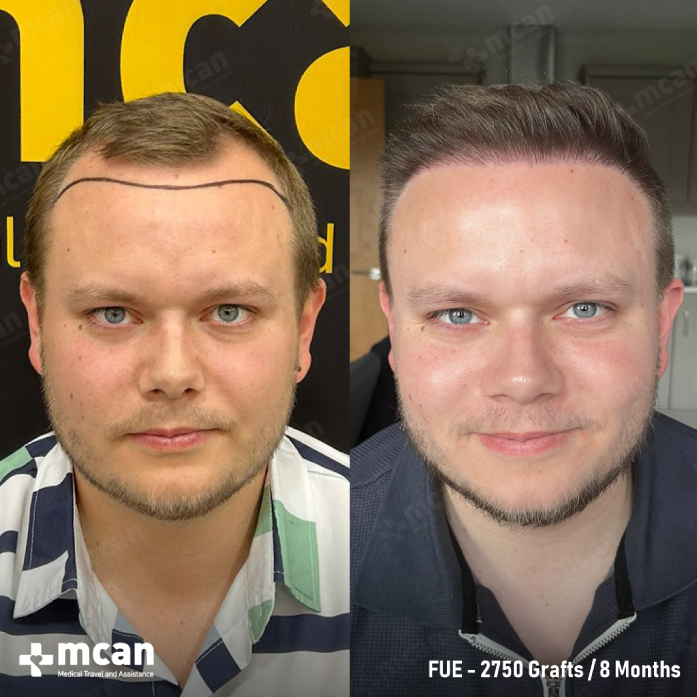
 Unraveling The Science of Smell: Exploring the Potential Influence of Nose Shapes on Olfactory Perception
Unraveling The Science of Smell: Exploring the Potential Influence of Nose Shapes on Olfactory Perception  What to Eat After Hair Transplant? The Essential Nutrition Guide
What to Eat After Hair Transplant? The Essential Nutrition Guide